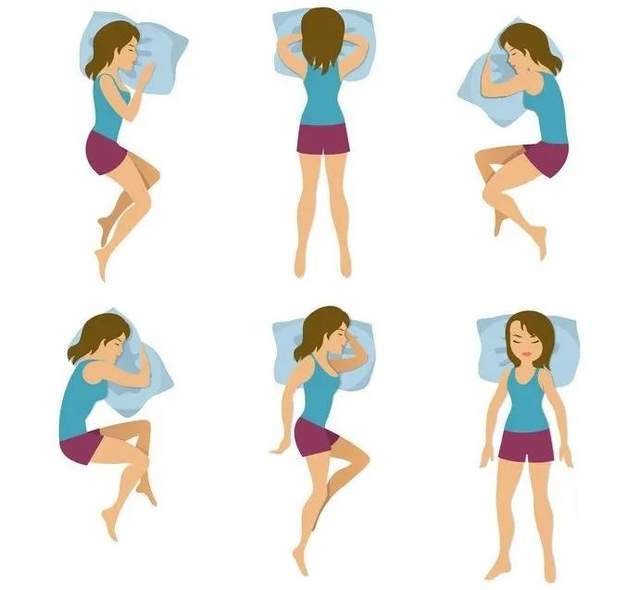
What Your Sleep Position Reveals About Your Health… See More
You’ve probably never thought much about how you sleep. After a long day, you simply collapse into bed, find a comfortable position, and drift off. But what if the way you sleep could tell you important things about your health? What if your favorite sleeping position isn’t just about comfort—it’s your body’s way of sending you messages about what’s happening inside?
For decades, researchers have been studying sleep positions and their connections to health conditions. What they’ve discovered might surprise you. The way you position yourself at night can reveal clues about your heart health, your digestion, your breathing, and even your risk for certain diseases.
Take the classic fetal position, for example. It’s the most popular sleep position, preferred by about 41% of adults. While curling up on your side might feel cozy and secure, it could be contributing to back and joint pain if you’re curling too tightly. If you find yourself naturally assuming this position, it might indicate that your body is trying to protect itself from acid reflux or sleep apnea symptoms. The curved position can help keep stomach acid where it belongs and keep airways open—but it can also strain your hips and back if maintained all night.
Then there’s back sleeping, often called the “starfish” position when arms and legs are spread out. Back sleeping is great for spinal alignment and can reduce wrinkles, but it’s the worst position for snoring and sleep apnea. If you’re a back sleeper who wakes up tired despite a full night’s rest, your position might be compromising your breathing throughout the night. This position can also exacerbate acid reflux for some people.
Stomach sleeping, while less common, presents its own set of messages. If you find yourself consistently turning onto your stomach during the night, it might be your body’s attempt to open up constricted airways. However, this position forces your neck into an unnatural twist and can put pressure on your joints and muscles. Regular stomach sleepers often wake up with neck or back pain that they can’t explain.

The way you position your arms while sleeping also speaks volumes. Arms raised above the head might indicate shoulder tension or an attempt to open up the chest for better breathing. Arms wrapped around a pillow often suggest a need for spinal support or comfort for arthritic shoulders.
But it’s not just about comfort—these positions can have real health implications. Research has shown that sleeping on your right side can increase acid reflux symptoms for those prone to heartburn, while left-side sleeping appears to reduce it. For people with heart conditions, right-side sleeping may actually put less pressure on the heart. Back sleeping has been associated with more vivid dreams and potentially better brain waste clearance, while side sleeping appears to help the brain’s glymphatic system clear toxins more effectively.
Your body often chooses positions to compensate for underlying issues. That persistent left-side sleeping might be your body’s way of managing digestive concerns. The need to sleep propped up on multiple pillows could indicate breathing difficulties that warrant medical attention. Even how frequently you change positions during the night can reveal information about sleep quality and pain levels.
The good news is that you can use this information to improve your health. If you’re a back sleeper who snores, training yourself to sleep on your side might bring better rest and more energy. If acid reflux disrupts your sleep, elevating your head or switching to left-side sleeping could make a dramatic difference. Simple adjustments like placing a pillow between your knees when side sleeping can improve spinal alignment and reduce morning back pain.
Pay attention to how you position yourself when you’re most tired or not feeling well—your body’s natural instincts often reveal its needs. Notice if your sleep position has changed over time. A new preference for sleeping upright might suggest developing breathing issues, while increased tossing and turning could indicate pain or discomfort that needs addressing.
Your sleep position is like a nightly report card from your body—and learning to read it might help you catch health issues before they become serious problems. So tonight, before you drift off to sleep, take a moment to notice how your body chooses to rest. It might be telling you something important.